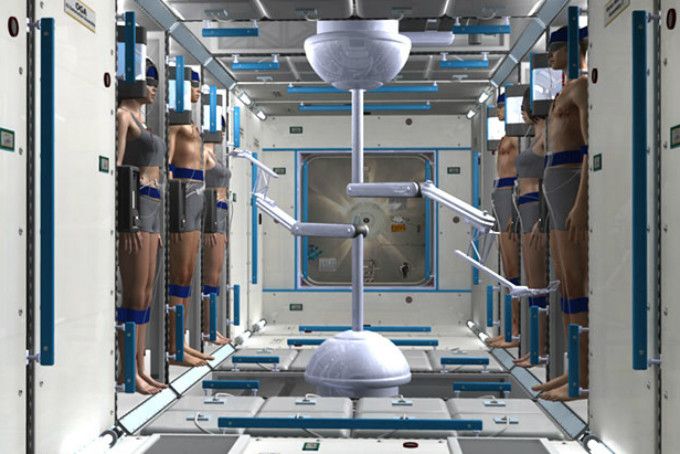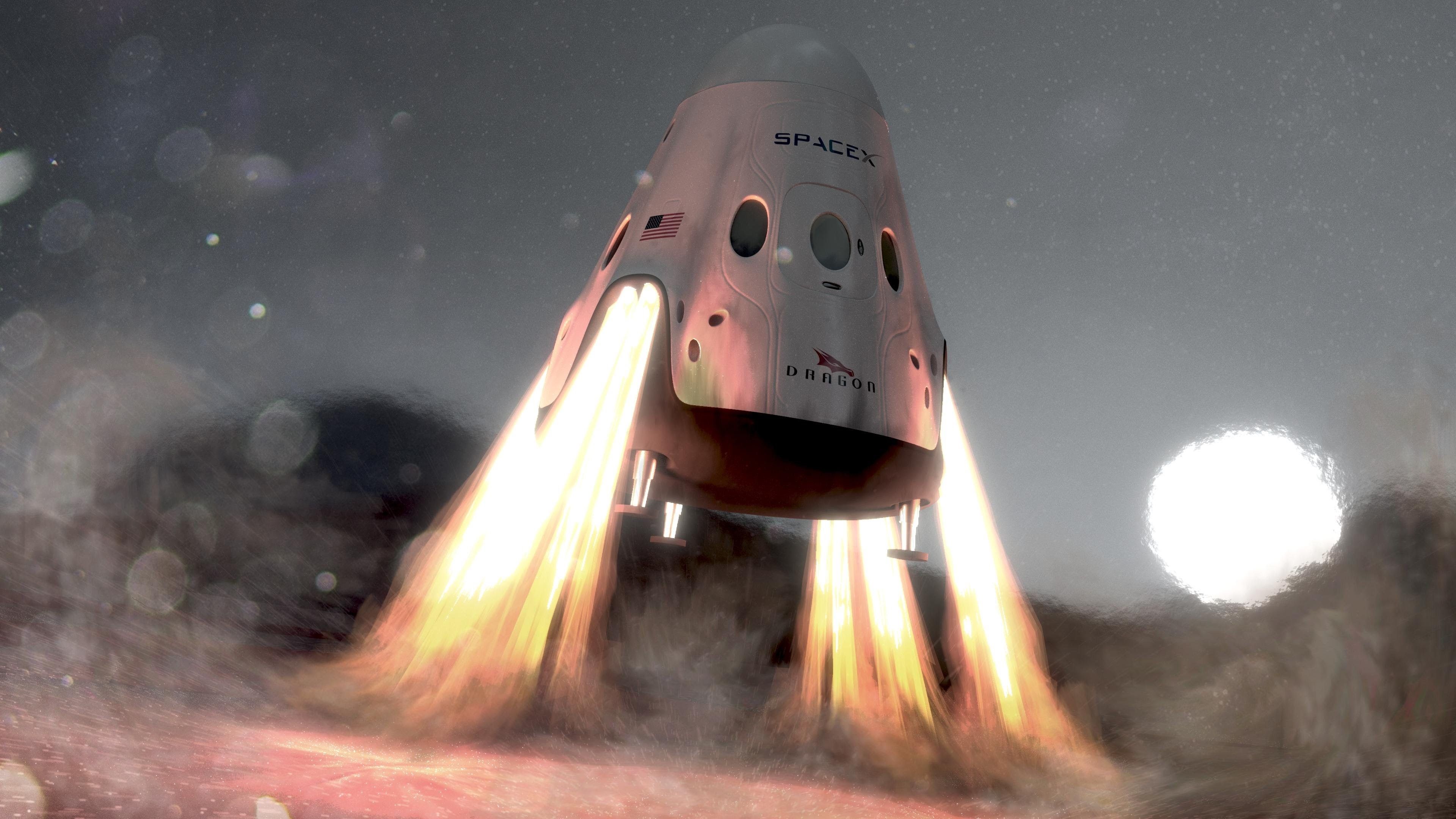In a new interview, Elon Musk identifies genetics, AI, and brain bandwidth as three areas in which today’s youth can have the biggest impact on the future. However, he doesn’t think an idea needs to be revolutionary to be worthwhile.
While many 2o-something-year-olds are just finding their way in the world, young Elon Musk was already looking for ways to change it way back in 1995 (when he was that age).
In a well-known 2015 discussion with Neil deGrasse Tyson for the physicist’s StarTalk Radio podcast, Musk lists the five things he thought would most affect the future of humanity (the internet, sustainable energy, space exploration, artificial intelligence, and rewriting human genetics).





